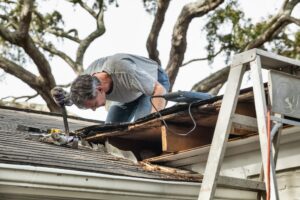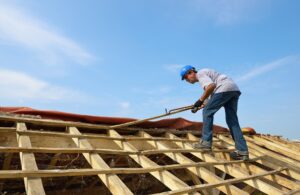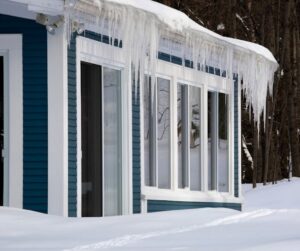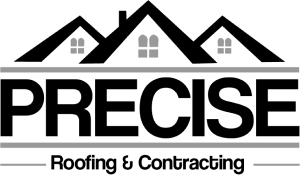Roof condensation and leakage might share some symptoms, but they are fundamentally different. A leak is far more dangerous to your roof’s integrity than condensation. You need a proper diagnosis whenever you suspect one or the other. Below are some tips to help you with the diagnosis.
Understand Their Respective Causes
The first tip is to understand the different causes of condensation and leaks. That way, you can analyze the circumstances of the stain to determine whether they apply to condensation or leakage.
Causes of Condensation
Ceiling condensation occurs if your home has excessive moisture. The moisture-laden air rises as it heats up because warm air is lighter than cold air. Once the moisture reaches the ceiling, it cools, condenses, and affects the ceiling.
Some of the things that can increase your house’s humidity to such excessive levels include:
- Saunas, hot tubs, or showers
- Leaking water fixtures or pipes
- Humidifiers
- Cooking
In short, anything that produces warm and moist air in the house can lead to condensation. Find out if your home has experienced changes that could have contributed to a significant increase in indoor humidity.
Condensation is even more likely if the roof or ceiling is much colder than the indoor environment. Thus, you face a high risk of condensation if your roof has poor insulation, such as is often evidenced by ice dams.
Causes of Roof Leaks
A roof leak occurs if water from outside the house manages to penetrate through all the layers of roofing materials. In most cases, the penetration only occurs if the roofing materials have suffered significant damage. For example, the roof might leak if:
- The roofing material is old and worn-out
- The roof has suffered damage due to an impact, such as storm damage
- The roof has a poor drainage system that is allowing water to pool on it for a long time
- An installation or repair project failed to seal the roof properly
Again, analyze your roof to determine whether it has suffered any of the issues that could cause it to leak.
Analyze Their Respective Signs
The second tip is to understand the respective signs of roof condensation and leaks.
Signs of Roof Condensation
Condensation and leaks have some common signs, but some of their signs also differ. For example, you should suspect condensation if:
- The ceiling is not the only place with signs of condensation. For example, you might notice condensation on other surfaces with poor thermal insulation, such as windows or walls.
- The stain is located on the ceiling of a room where you expect lots of moisture, such as the bathroom or kitchen.
- The condensation only appears when the weather is cold.
- Attic insulation appears soaked with water.
Note that condensation can occur even if your roof is structurally sound.
Signs of Roof Leaks
Aging roofs are more likely to suffer leaks than others, but any roof can leak. The stain might be a sign of a roof leak if:
- The stain or signs only appear if it is raining or after a rainfall.
- The stain appears after the roof has suffered some damage, such as after a windstorm.
- The stain has appeared where you least expect a lot of moisture, such as a hallway.
- Your roof shows visible signs of damage, such as missing shingles or torn underlayment.
- You can see sunlight streaming through the roof while up in the attic.
In short, roof leaks almost always mean that a part of your roof has suffered damage.
Precise Roofing & Contracting promises quality and reliable workmanship to all our customers. With over 25 years of roofing experience, we can diagnose your roofing issues and provide you with a professional solution. Contact us for a quote on all your roofing needs.





